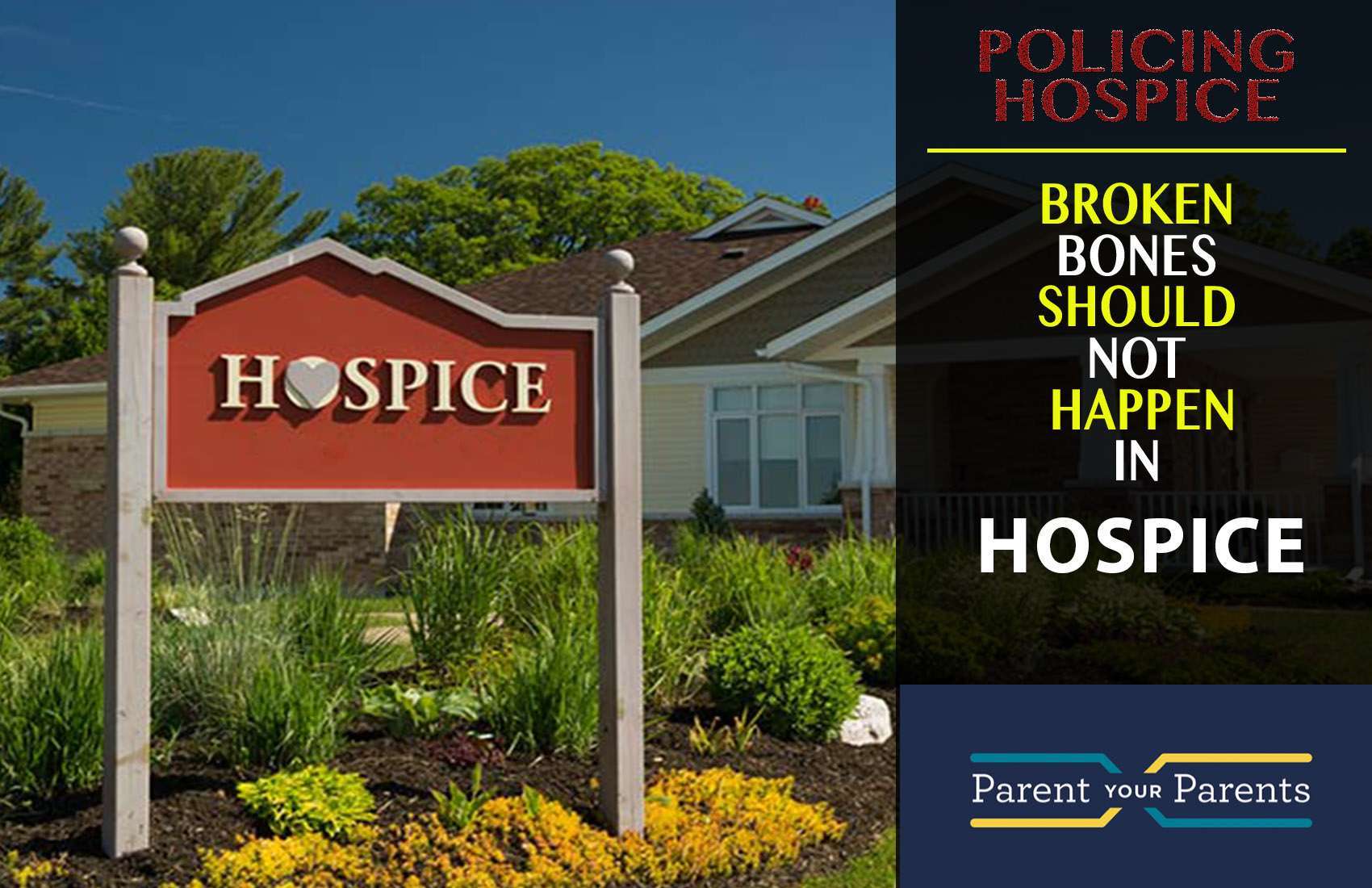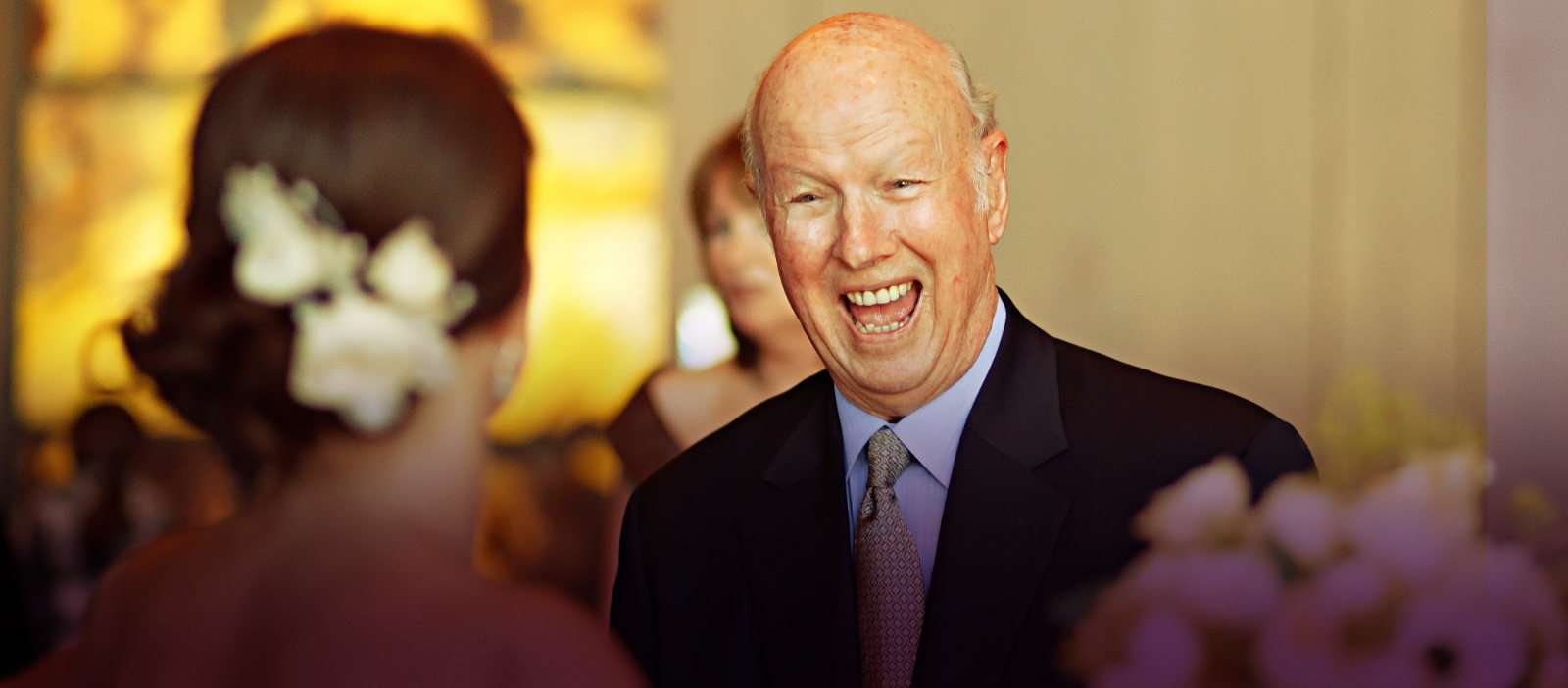
The Son wakes up at all hours of the night. He hears his Mother groaning, her cries and sees her contorted face when she tries to hide the pain. He remembers holding her hand, stroking her face and asking for more morphine – nothing worked. He feels completely responsible for her death – why, because he agreed to put her in Hospice.
In 2019, after two years in a Memory Care Unit (MCU) the manager talked to Son about having Hospice evaluate Mom, now 96. They explained how Hospice had more resources and she would have better care and, most importantly, she could stay at the MCU in her room. Son agreed. He signed the papers and Hospice was engaged on February 8, 2019. It’s important to note that MCU was private pay and Hospice is paid by Medicare. In essence the private pay facility is receiving more help for free. It’s done by using an “Interdisciplinary Agreement” between the MCU and Hospice provider. They sell this by stating that the Patient will receive better care when in fact, it means both companies each receive more resources using tax dollars.
The Hospice physician’s first order was for a new bed, wheelchair and oxygen. It didn’t matter that Mom already had a bed she liked, or a wheelchair in which she was comfortable and needed no oxygen. Why is this the first order? Hospice can charge it all to Medicare. A reminder: the role of Hospice is to make the last days, weeks or months of a person’s life pain free, comfortable and provide emotional support. There is no curative treatment.
When Son and Daughter saw Mom in a twin bed with no guard rails they went ballistic. (When Mom fell out of bed at the MCU they had obtained a doctor’s order for bedrails.) They asked simple questions like: How is a twin bed more comfortable than Mom’s queen size bed? Where are the bed rails? Why does Mom have this huge wheelchair in which she slumps forward then to the side? The “medical professionals” answered with medical reasons (none of which make the patient more comfortable) and stated that instead of a bed rail they lowered the bed close to the ground and used a fall mat . . . “just in case.” On March 11, Mom fell out of her twin bed, onto the fall-mat and broke her femur. No one knows when she fell, she was found a little before 10:00pm and rushed to the emergency room. She died five days later, and the cause of death listed was broken femur and accidental fall.
At the age of 96 there is no surgery for broken bones but that’s not what’s relevant – what we need to know is how does the doctor’s orders supersede the family wishes and patients comfort? That is in direct contravention to the goal of Hospice which is patient first! Secondly, how often does this happen? Who polices Hospice? When we see lawsuits against Hospice and Nursing Homes it’s for overbilling Medicare – not the treatment of their patients. The family is distraught because of the manner in which she died and the son feels the guilt of making the “final” decision to send her to her death. Does it sound dramatic, it does – unless it’s your loved one.

